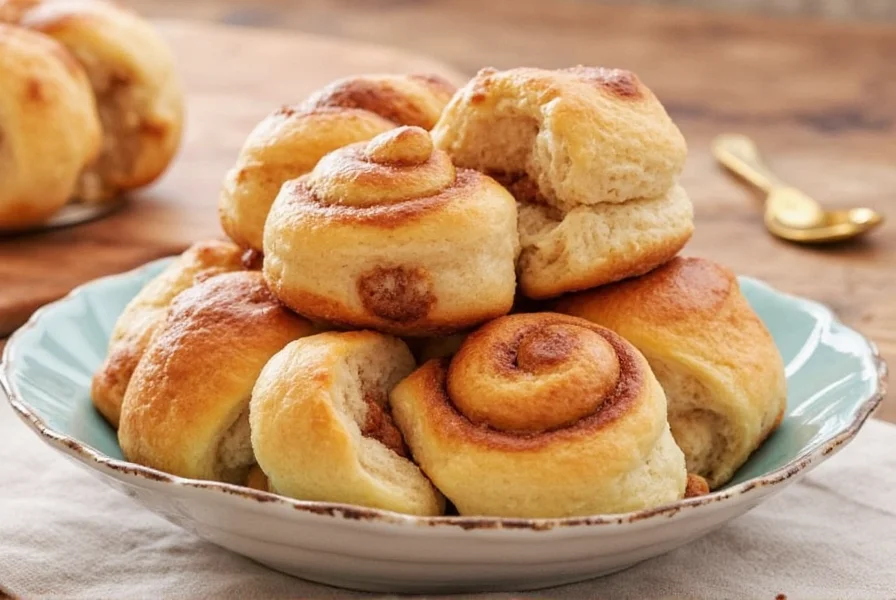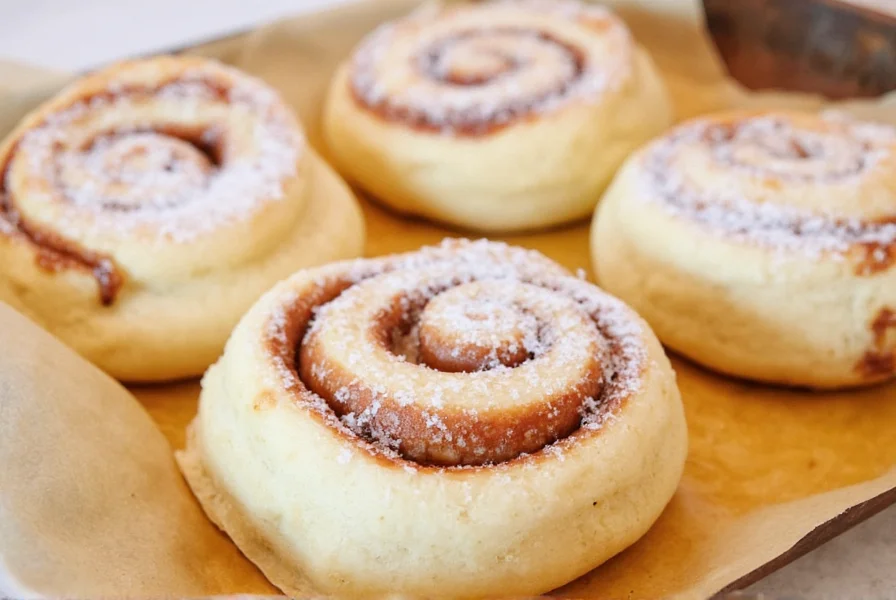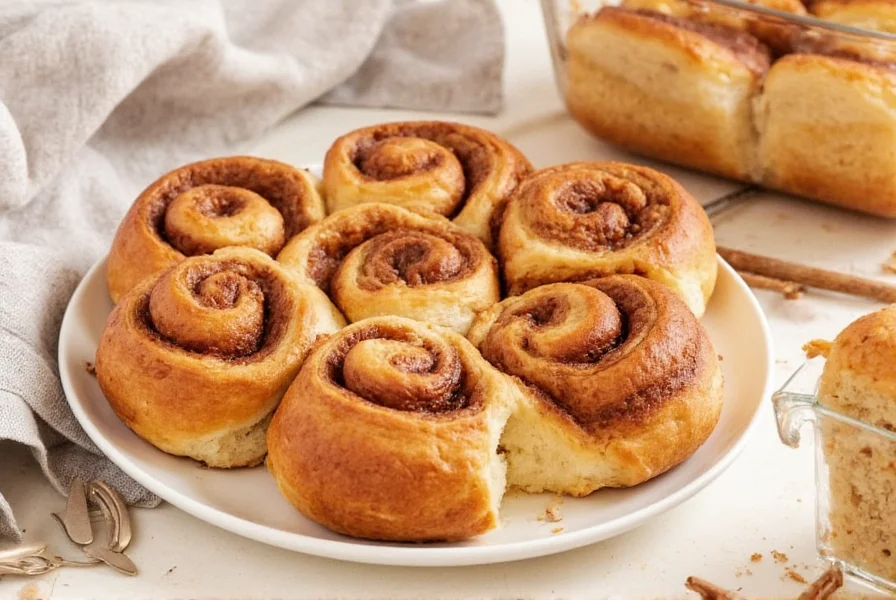Sunday mornings call for something special—time to relax, gather with loved ones, and savor moments that weekday mornings rarely allow. Nothing embodies this spirit quite like fresh-baked cinnamon rolls. The sweet aroma filling your home as you wake up transforms an ordinary morning into a cherished ritual. But achieving that perfect balance of fluffy dough, rich cinnamon filling, and creamy icing requires understanding both technique and timing.
Why Sunday Morning Cinnamon Rolls Deserve Special Attention
Unlike rushed weekday baking, Sunday provides the luxury of time needed for proper dough development. Yeast requires patience to create those signature airy pockets, while the filling needs time to meld flavors. Rushing this process leads to dense rolls or separated fillings—common frustrations for home bakers. The overnight method solves these issues by allowing slow fermentation in the refrigerator, which actually enhances both flavor complexity and texture.
Overnight Preparation: The Secret to Effortless Sunday Mornings
Professional bakers agree that cold fermentation produces superior results. When you prepare your cinnamon rolls the night before:
- Yeast develops more nuanced flavors during slow refrigeration
- Dough becomes easier to handle when chilled
- Morning baking time reduces to just 25-30 minutes
- Filling stays perfectly contained during baking
| Preparation Method | Morning Effort | Texture Quality | Flavor Development |
|---|---|---|---|
| Same-day baking | High (2+ hours) | Good | Moderate |
| Overnight method | Low (30 minutes) | Excellent | Superior |
| Store-bought | Minimal | Inconsistent | Limited |
Essential Components for Perfect Sunday Morning Cinnamon Rolls
Three elements make or break your cinnamon roll experience:
Dough Consistency
Your dough should feel like a baby's cheek—soft but not sticky. Over-flouring creates tough rolls, while under-flouring causes spreading. The ideal hydration level for Sunday morning cinnamon rolls is 60-65%, allowing proper rise without losing shape during the extended refrigeration period.
Filling Composition
A balanced filling ratio prevents leakage while delivering maximum flavor. The professional standard is 1 cup brown sugar to 3 tablespoons cinnamon per standard recipe, with ½ cup softened butter. Adding 1 tablespoon cornstarch to the filling absorbs excess moisture during baking—a trick many home bakers overlook when preparing make ahead Sunday morning cinnamon rolls.
Glass Selection
For that signature glossy finish, use a confectioners' sugar glaze with 2-3 tablespoons of whole milk or cream. The higher fat content creates a richer texture that clings perfectly to warm rolls. Avoid powdered sugar substitutes—they lack the proper melting characteristics for fresh baked cinnamon rolls Sunday presentation.
Step-by-Step Overnight Method
Follow these precise steps for flawless results:
- Mix dough ingredients and knead until smooth (about 8 minutes)
- First rise at room temperature until doubled (1-1.5 hours)
- Roll into 18x12 inch rectangle and spread filling evenly
- Cut into 12 equal rolls and place in greased baking dish
- Cover tightly and refrigerate 8-12 hours
- Remove from refrigerator 30 minutes before baking
- Bake at 350°F (175°C) for 25-30 minutes until golden

Troubleshooting Common Sunday Baking Issues
Even experienced bakers encounter challenges with cinnamon rolls. Here's how to solve frequent problems when making homemade cinnamon rolls for lazy Sunday mornings:
Dense or Tough Rolls
Cause: Over-kneading or too much flour. Solution: Measure flour by weight (450g per standard recipe) rather than volume, and stop kneading when the dough passes the "windowpane test"—you should be able to stretch a small piece thin enough to see light through it without tearing.
Filling Leakage
Cause: Filling applied too close to edges or rolls cut too tightly. Solution: Leave a ½ inch border when spreading filling, and use unflavored dental floss to cut rolls cleanly without compressing the dough.
Inconsistent Rising
Cause: Temperature fluctuations during proofing. Solution: Place rolls in oven with light on (no heat) for consistent warmth during the initial rise, then refrigerate for the overnight stage.

Serving Suggestions for the Ultimate Sunday Experience
Elevate your fresh baked cinnamon rolls Sunday ritual with these thoughtful touches:
- Pair with strong coffee or chai tea to balance the sweetness
- Serve alongside protein-rich accompaniments like Greek yogurt or scrambled eggs
- Offer small pitchers of additional glaze for customization
- Use decorative parchment liners in your baking dish for attractive presentation
Remember that the true magic of Sunday morning cinnamon rolls isn't just in the eating—it's in the shared experience. The anticipation as the aroma fills your home, the first bite of warm dough, and the conversations that flow more easily when you're not rushing to start your day. That's why mastering the overnight method for perfect cinnamon rolls for Sunday morning transforms a simple breakfast into a meaningful ritual.











 浙公网安备
33010002000092号
浙公网安备
33010002000092号 浙B2-20120091-4
浙B2-20120091-4